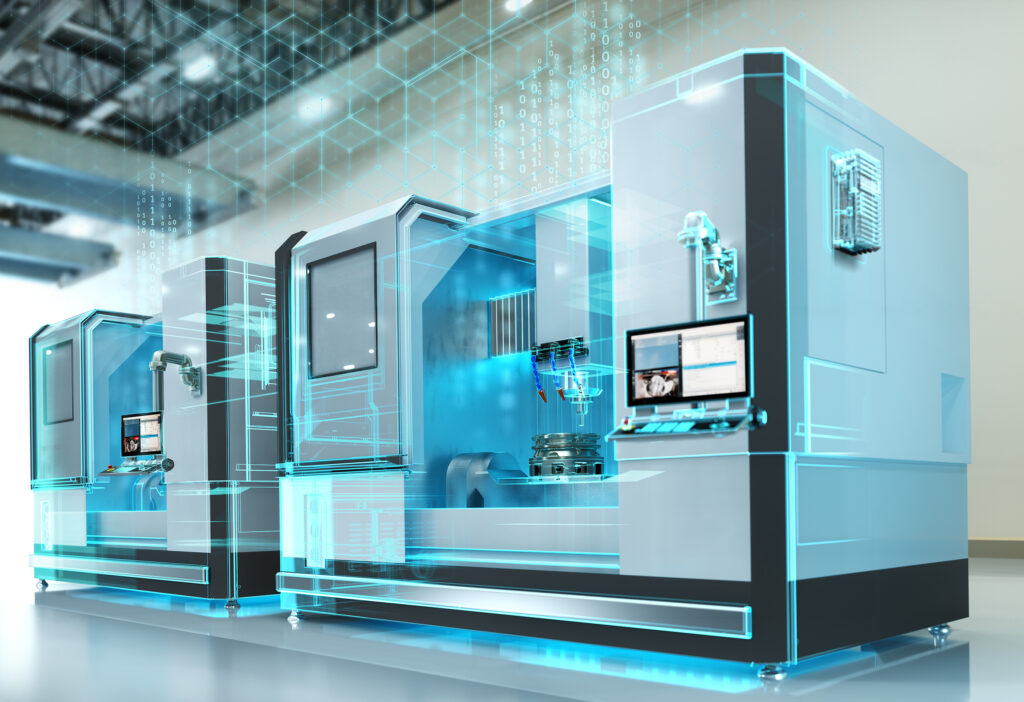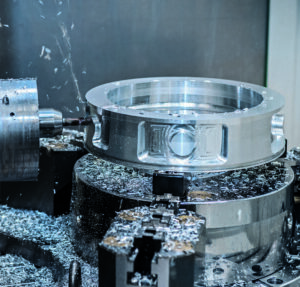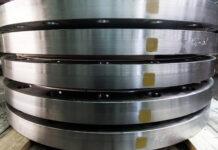 We hear the phrases — Big data, Industry 4.0, IIOT, Edge Technology and, perhaps the most imposing, The Cloud. Whether you’re a production department supervisor at an automotive manufacturer, machine tool builder, contract manufacturer or job shop, the question is always the same, though the answers are distinctly different.
We hear the phrases — Big data, Industry 4.0, IIOT, Edge Technology and, perhaps the most imposing, The Cloud. Whether you’re a production department supervisor at an automotive manufacturer, machine tool builder, contract manufacturer or job shop, the question is always the same, though the answers are distinctly different.
The question is, of course, how do we begin the journey towards the digital factory, which is surely on the horizon for all of us? The answers do vary, depending upon the type of company. For the machine builder, it’s all about managing big data from the machine, reducing time-to-market, creating smarter machines and utilizing the “digital twin” technology, one that allows not simply simulation of a machining cycle, but today represents an avenue for total development of a machine concept, machining and tooling strategies, plus data communication and instant adjustment of parameters — all in the virtual world.
The good news is, this is not a pipe dream, it is a reality today, owing largely to the development of the digital native CNC, which provides machine builders that flexibility. Perhaps the best way to look at it, imagine the traditional sequence of machine concept to building and commissioning as a linear, sequential track. Today, with digital twin technology, the process is more integrated and parallel for the machine builder, as the need for myriad iterations in design are radically reduced. A collateral but very real benefit is the ability to train your customers’ machine tool programmers, operators and maintenance teams while the machine is being developed. For clarity, I’d define the smart machine as one that has the onboard software needed to capture all the process variables, communicate them and, most importantly, act upon their condition in real time.
Lastly, seek a supplier who can bring the portfolio of hardware, software and communications to you and help develop your unique roadmap towards digitalization. It will enable you to track the performance of your entire installed base, within an industry segment or even globally. We have recently instituted a digitalization partner program who can work with machine builders directly.
 For the CNC machine user, be they a contract manufacturer or job shop, the answer is somewhat different. The machines on the floor do indeed need to be smarter, but the focus is on true KPIs of product cost, tool life, energy consumption, scrap reduction, OEE, achieved delivery targets, etc. Digital twin technology enables a machine shop to be IOT-ready, a tangible benefit for interfacing with your customers.
For the CNC machine user, be they a contract manufacturer or job shop, the answer is somewhat different. The machines on the floor do indeed need to be smarter, but the focus is on true KPIs of product cost, tool life, energy consumption, scrap reduction, OEE, achieved delivery targets, etc. Digital twin technology enables a machine shop to be IOT-ready, a tangible benefit for interfacing with your customers.
Furthermore, the higher-end software embedded in the control allows real-time adjustments during machining, as the feedback improves and the machine literally “learns” its way through the production runs. We believe our integration of machine tool hardware, software and communications, overall, help you create a roadmap towards the digital factory that does not require a radical capital investment and, in fact, can utilize much of what’s on your manufacturing floor today. Even on an individual machine or group of machines in a smaller mold shop, adaptive control and monitoring software can adjust speed/feed rates and spindle condition in real-time and we’ve seen such shops achieve a 20% improvement in machine performance.
To talk numbers, we’ve seen shops make an investment less than $10,000 and realize the improvements in less than 90 days. I suggest you seek out an employee or external partner who knows your business and knows the available resources to get started. Siemens now offers such a partner program, though many such integrators abound in the market today. Find your comfort zone and get started.
To meet these emerging tech trends, we created, for example, Create MyVirtual Machine and Run MyVirtual Machine software programs, the first to blend all those developmental stages from concept to machine build and commissioning, while the latter can drive the process of streamlining the machining sequence from CAD to CAM to CNC and back, even while an existing machine is on the shop-floor, making parts. These programs can be run entirely in a virtual world, with no need to purchase a dedicated CNC or other hardware, initially.
On the control side of the equation, the advent of the digital native CNC — our new SINUMERIK ONE platform being an example — will open the next chapter in the machine tool world’s journey towards digitalization. Such a control captures all the relevant data, while edge technology apps can feed the data through a program, permitting real-time adjustments in the cycle parameters to optimize cutting path, speed and part quality for the best results on the shop-floor or in mass production. Meanwhile, through the Cloud, in an environment such as our MindSphere platform, all the operational data from a machine or series of machines or even plants across the globe, can be monitored and managed more effectively.
So, lace up those running shoes and get going.



















